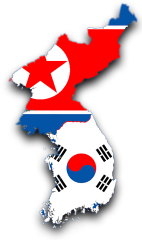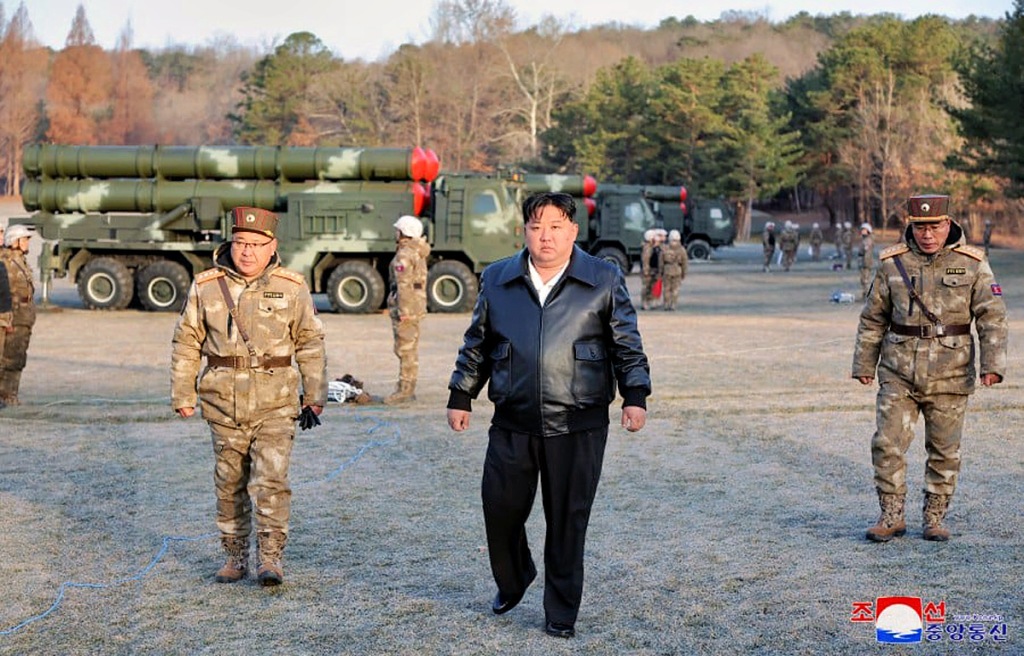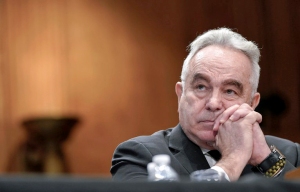DPRK President Kim Il Sung (1912-94) is said to have met thousands of foreigners, but comparatively few Americans. Those Americans include:
Affiliation at time of meeting; year(s) met; (d) = deceased
After DPRK independence in September 1948:
• Harrison Salisbury, New York Times (interview with Kim), (article), 1972 (d)
• John M. Lee, New York Times, 1972 (d)
• Selig Harrison, Washington Post (article and interview with Kim), 1972, Carnegie Endowment, 1994 (d)
• Rep. Stephen Solarz, 1980, 1991 (d)
• Ralph Clough, SAIS, 1980, 1991 (d)
• Stanley O. Roth, House Foreign Affairs Committee, 1991 [Roth accompanied Solarz to Pyongyang; as Assistant Secretary of State for EAP, Roth also met Kim Jong Il in 2000]
• Rev. Billy Graham (with Dr. Stephen Linton and other members of the Graham delegations) 1992, 1994 (for Graham’s accounts of meeting Kim, see Ch. 34 in Just As I Am: The Autobiography of Billy Graham) (d)
• Former Rep. Richard Ichord, American Freedom Coalition (AFC), 1992 (d)
• Former Rep. Bob Mathias, AFC, 1992 (d)
• Amb. John Holdridge, AFC, 1992 (d)
• Amb. Douglas MacArthur II (the General’s nephew and namesake), AFC, 1992 (d)
• Max Hugel, former Deputy Director, CIA; AFC, 1992 (d)
• [The AFC delegation that met Kim in May-June 1992 included approx. 40 participants, among them former U.S. congressmen, governors and other senior officials]
• Dr. Robert Grant, AFC, 1992
• Gary Jarmin, AFC, 1992
• Dr. Thomas J. Ward, AFC, 1992
• Larry R. Moffitt, AFC, 1992
• Dr. William J. Taylor, Jr., CSIS, 1992, 1994 (d)
• Josette Sheerhan, Washington Times, 1992 (article and interview with Kim), 1994 (written interview with Kim)
• Victoria Yokota, Washington Times, 1992
• Rep. Gary Ackerman, 1993
• [Ackerman was accompanied by two congressional staffers, and State’s Kenneth Quinones (see his report)]
• Dr. C. Kenneth Quinones, State Dept., 1993
• Eason Jordan, VP, CNN International, 1994 (twice in April and June)
• Mike Chinoy, CNN, 1992, 1994 (see Ch. 11 of China Live: People Power and the Television Revolution)
• Lt. Col. James G. Zumwalt (USMC, Ret.), 1994
• Dr. Antonio Betancourt, Summit Council, 1992, 1994 (5 times total) (d)*
• Dr. William P. Selig, Summit Council, 1992 [also met Kim Jong Il]
• Dr. Mark P. Barry, Summit Council, 1994
• Former President Jimmy Carter and Rosalynn Carter (d), 1994
• Richard A. Christenson, State Dept., 1994
• Nancy Konigsmark, Carter Center, 1994 (d)
• Amb. Marion Creekmore, Carter Center, 1994
The above DPRK video includes Kim meeting Rev. Billy Graham, Selig Harrison and former President Jimmy Carter. Also, the international delegation I accompanied in April 1994 is shown around the 4:30 mark; I’m in the back row, third from the left, of the group shot (just like the header photo at top on the home page).
Before DPRK independence in September 1948 (thanks to Koryo Tours for this info):
• William R. Langdon, Political Counselor to Gen. John R. Hodge, USA, in Korea (October 1946)
• Major General Albert E. Brown, USA, Chief Commissioner, American delegation to the US-USSR Joint Commission, plus members of the U.S. delegation to Pyongyang (July 1947)
*=also attended Kim Il Sung’s funeral in July 1994, and twice met Kim Jong Il in 1992, 1994
→ Does not include the names of U.S. citizens who were likely part of CNN’s crews in its 1992 and 1994 visits in which they met Kim Il Sung, nor the name of one individual who met Kim Il Sung and Kim Jong Il while a Soviet diplomat. Also does not include the names of any Communist Party USA (AKFIC) members who may have met Kim (AKFIC at least got a written response to interview questions); CPUSA head Gus Hall once received a box of presents from Kim. Black Panther leader Eldridge Cleaver visited North Korea twice in 1969-70, but may not have met Kim himself despite his subsequent praise of the regime. For the names of several Korean-Americans who met Kim, likely among at least dozens, please confer Dr. Myers’ comments below.
→ Does not include any individual who met Kim Il Sung while a citizen (even a diplomat) solely of another country at the time, but who later became a U.S. citizen.♦











